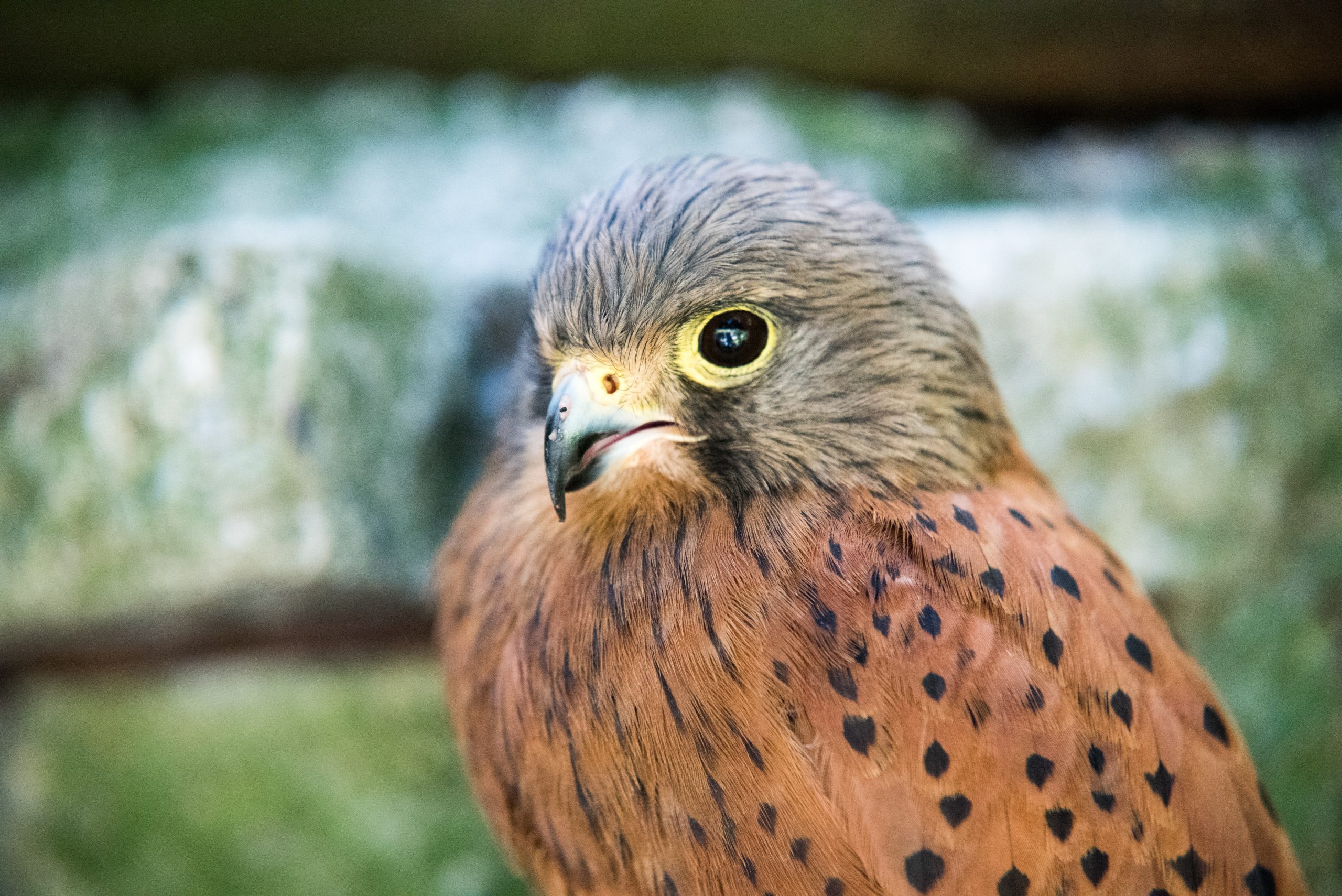About the falcon information 2023
Welcome to our blog post all about falcon information! Falcons are fascinating birds of prey that captivate us with their speed, agility, and majestic presence. Whether you’re a bird enthusiast or simply curious about these incredible creatures, we’ve got you covered. In this article, we’ll delve into the scientific name for falcons, explore different types of falcons, uncover interesting facts about them, and even discuss how to identify if a falcon is sick or injured. So sit back, relax and get ready to soar through the world of falcons!
The scientific name for a falcon is Falco peregrinus
Did you know that the scientific name for a falcon is Falco peregrinus? It’s quite a mouthful, but it perfectly captures the essence of these magnificent birds. The genus name “Falco” refers to their classification as falcons, while “peregrinus” signifies their wandering nature. Falcons are known for their ability to travel long distances during migration, making this name fitting.
The scientific nomenclature not only gives us insight into the species but also showcases the importance of taxonomy in understanding the natural world. By assigning specific names based on shared characteristics and evolutionary relationships, scientists can categorize and study different species more effectively.
While we may commonly refer to them as falcons in everyday conversation, knowing their scientific name adds an extra layer of knowledge and appreciation for these incredible creatures. So remember, next time you spot a falcon soaring through the sky or perched high on a tree branch, take a moment to acknowledge its scientific identity as Falco peregrinus – a true marvel of nature!
There are many different types of falcons
When it comes to falcons, there is a wide variety of species that exist in the world. Each type of falcon possesses its own unique characteristics and adaptations that make them truly fascinating creatures.
One well-known type of falcon is the Peregrine Falcon, which is renowned for its incredible speed and agility. It holds the title as the fastest animal on Earth, reaching speeds up to 240 miles per hour during its hunting dives. This aerial predator has a sleek body and long wings, allowing it to maneuver with precision while in flight.
Another notable falcon species is the Gyrfalcon, which can be found in Arctic regions. With their large size and powerful talons, Gyrfalcons are formidable hunters capable of taking down prey such as seabirds or small mammals. They have thick plumage that helps insulate them from freezing temperatures.
The Merlin Falcon is yet another remarkable member of the falcon family. These compact birds are known for their swift flight patterns and quick turns while chasing prey. Despite their small size compared to other falcons, Merlins possess great strength and agility.
In addition to these examples, there are many more types of falcons distributed across different habitats around the globe – from forests to deserts to grasslands. Each species has adapted specifically to thrive within its particular environment.
Exploring the various types of falcons reveals an amazing diversity within this bird group. From their impressive hunting skills to their adaptability in different ecosystems, these raptors continue to captivate both scientists and nature enthusiasts alike!
The average lifespan of a falcon is 12 to 15 years
The average lifespan of a falcon is 12 to 15 years. While this might seem relatively short compared to some other bird species, it’s important to remember that falcons lead a fast-paced and adventurous life. They are known for their incredible speed and agility, which they use to hunt their prey.
In the wild, falcons face numerous challenges that can impact their lifespan. Factors such as environmental changes, competition for resources, and predation all play a role in determining how long a falcon will live. Additionally, diseases and injuries can also affect their overall health and longevity.
However, with proper care and conservation efforts, captive falcons have been known to live much longer than their wild counterparts. In fact, some individuals have been recorded living up to 20 years or more!
It’s worth noting that the lifespan of a falcon can vary depending on the specific species. For example, the peregrine falcon has an average lifespan of around 12-15 years while the gyrfalcon has been known to live up to 25 years in captivity.
While the average lifespan of a falcon may not be exceptionally long compared to some other birds, these magnificent creatures make every moment count as they soar through the skies at astonishing speeds.
Falcons are very fast flyers
Falcons are renowned for their incredible speed and agility in flight. These birds of prey are built for speed, with long, pointed wings and a streamlined body that allows them to slice through the air with ease.
When it comes to flying, falcons are among the fastest creatures on Earth. In fact, the peregrine falcon holds the title for being the fastest animal in horizontal flight! It can reach speeds of up to 240 miles per hour (386 kilometers per hour) when diving or stooping after its prey.
The secret behind their impressive aerial abilities lies in their unique anatomy. Falcons have specially adapted nostrils that allow them to breathe efficiently at high speeds. They also possess powerful chest muscles that enable them to generate tremendous thrust during takeoff and ascent.
In addition to their remarkable speed, falcons are also masters of maneuverability. They can change direction mid-flight with incredible precision, making sharp turns and dives as they pursue their prey or navigate through challenging environments.
Watching a falcon soar through the sky is truly awe-inspiring. Their gracefulness and agility make them a sight to behold. Whether you’re lucky enough to spot one in your local area or observe these magnificent birds on nature documentaries, there’s no denying that falcons are some of nature’s most talented flyers.
Falcons can be found in many different parts of the world
Falcons, with their incredible speed and agility, can be found in various parts of the world. These magnificent birds have adapted to a wide range of habitats, making them highly versatile in their distribution.
In North America, you can spot falcons such as the Peregrine Falcon and American Kestrel soaring through the skies. They are known for their impressive hunting skills and aerial acrobatics. In Europe, species like the Common Kestrel and Eurasian Hobby are commonly seen in open fields or perched on telephone wires.
Moving further east to Asia, you’ll encounter falcons like the Saker Falcon and Amur Falcon. These birds inhabit diverse landscapes ranging from grasslands to forests. The African continent is home to unique species like the Lanner Falcon and Pygmy Falcon, which thrive in savannas and arid regions.
Don’t forget about Australia! This vast country boasts its own array of falcon species including the Australian Hobby and Brown Falcon that dwell across different ecosystems from coastal areas to deserts.
Whether it’s mountains, deserts, forests or grasslands – Falcons have managed to adapt and thrive in various environments worldwide. Their ability to conquer these diverse habitats is truly remarkable!
So next time you find yourself exploring different parts of our beautiful planet Earth, keep an eye out for these awe-inspiring creatures soaring above you!
Some interesting facts about falcons
Some interesting facts about falcons:
1. Exceptional Hunters: Falcons are known for their incredible hunting skills. They have sharp talons and a hooked beak, which helps them catch and kill their prey swiftly. Falcons primarily feed on small to medium-sized birds, but they can also target bats, insects, and even rodents.
2. Impressive Speed: Falcons are renowned for their exceptional speed during flight. The peregrine falcon holds the title of being the fastest bird in the world, reaching speeds of up to 240 miles per hour (386 kilometers per hour) when diving to catch its prey!
3. Breathtaking Dives: When hunting, falcons perform remarkable aerial dives called “stoops.” During these dives, they fold their wings back and plummet towards their unsuspecting prey with astonishing precision.
4. Global Distribution: Falcons can be found across various continents around the globe. From North America to Europe, Africa to Asia – these magnificent birds have adapted to diverse habitats such as deserts, forests, grasslands, mountainsides, and coastal regions.
5. Resilient Travelers: Some species of falcons are migratory birds that undertake long-distance journeys twice a year between breeding grounds and wintering areas. They navigate using landmarks like coastlines or mountain ranges and cover thousands of miles in search of suitable habitats and resources.
6. Monogamous Partnerships: Falcons form strong pair bonds that often last throughout their lifetime unless one partner passes away or becomes incapable of reproducing successfully due to injury or illness.
7.
Training Partnerships with Humans: Falconry is an ancient practice where trained falcons work alongside humans in capturing game animals for sport or food purposes. This unique partnership showcases the intelligence and cooperation between humans and these magnificent creatures.
How to tell if a falcon is sick or injured
Falcons are fascinating creatures that captivate us with their incredible speed and agility. From their scientific name Falco peregrinus to their diverse species found worldwide, there is so much to learn about these majestic birds of prey.
The average lifespan of a falcon ranges from 12 to 15 years, during which they soar through the skies at astonishing speeds. Falcons can be found in various parts of the world, adapting to different habitats and climates.
While admiring these magnificent creatures, it’s important for us to also be aware of how to recognize when a falcon may be sick or injured. Some signs include abnormal behavior such as listlessness or disorientation, changes in appetite or weight loss, difficulty flying or perching properly, visible wounds or injuries on their body, and unusual vocalizations.
If you come across a falcon that appears sick or injured, it is crucial not to approach or handle them without proper training. Instead, contact your local wildlife rehabilitation center or bird rescue organization for assistance. These professionals have the knowledge and experience necessary to care for injured birds and ensure they receive the appropriate medical attention.
By understanding more about falcons’ characteristics and behavior while being mindful of their well-being when encountering them in the wild, we can appreciate these remarkable birds even more. So next time you catch sight of a soaring silhouette against the sky—a swift blur with unwavering focus—know that you’ve witnessed one of nature’s true marvels: the mighty falcon!


